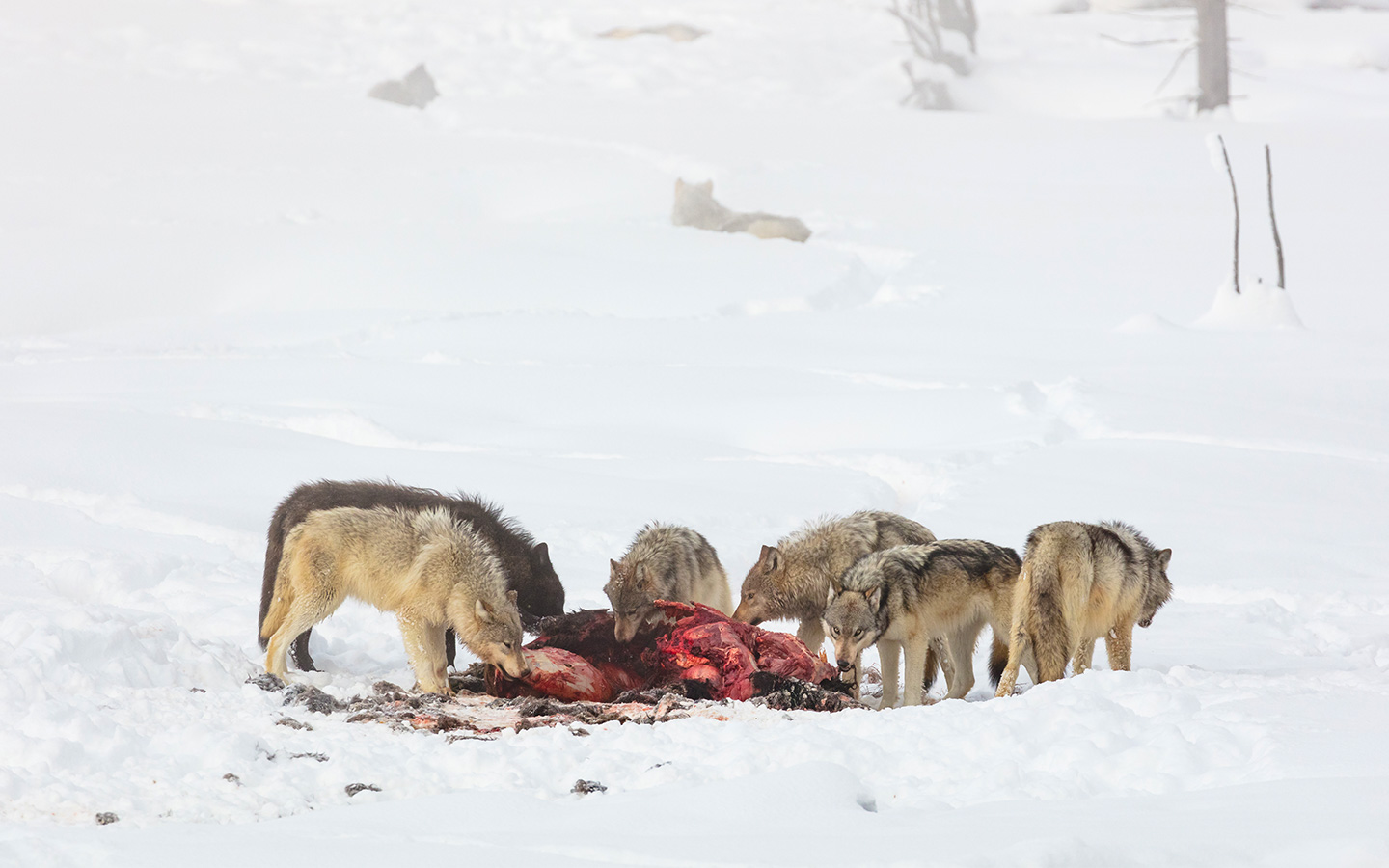
Examining trophic cascades in Yellowstone
Have wolves altered the Yellowstone ecosystem? If so, how? Where? Are wolves an environmental panacea, as they have been called? For the past two decades, these questions have been asked by scientists and citizens alike. While dozens of researchers have set out to answer these questions, there is still much unknown, and there is ample misinformation surrounding the impact of reintroducing wolves to the Greater Yellowstone. In this article, I will summarize and interpret the story of the famous elk herd and wolf population within the northern portion of Yellowstone National Park; this is where the most detailed research on wolf-elk-vegetation (or trophic cascade) research has taken place and is the hotbed of many wolf-related controversies.
Let’s start about a century ago. Northern Yellowstone elk numbers were low from overhunting, and a campaign to rid the American West of its predators was widespread. In Yellowstone, the predator control was very successful and functionally removed carnivores from the top of the food chain – all wolves and cougars were eliminated, coyote numbers were reduced, and the grizzly bear population was low. For 70 predator-free years, the elk population grew and was controlled by the State of Montana and Yellowstone National Park. After years of debating the best way to manage the elk, Yellowstone implemented the natural regulation policy in 1969, essentially letting nature operate within park boundaries. Montana ranching communities to the north of Yellowstone were concerned about elk overgrazing and overbrowsing agricultural fields and surrounding lands, and so in 1976 the State of Montana lifted an 8-year ban on the late hunt (December-February). The goal of the late hunt was to reduce the herd to limit environmental impacts and keep the numbers within objective, and so cow elk that migrated outside of Yellowstone to access winter range were targeted. This hunt was highly successful – on average, nearly 1000 elk were removed each winter while the late hunt lasted (1976-2009), which is nearly double that of the fall hunt over those same years. The elk population grew despite human pressure, reaching its peak in January 1994 of nearly 20,000 counted elk and likely thousands more that were uncounted (see the figure below).
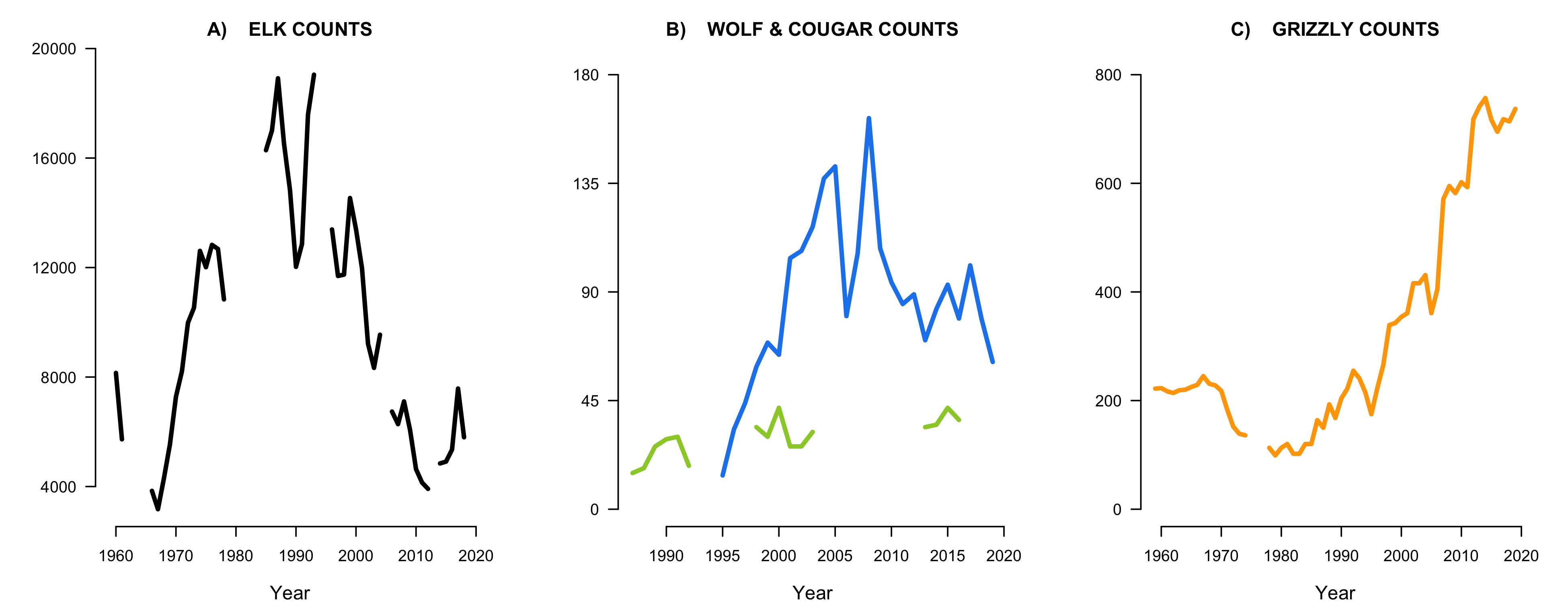
Predators were still missing from the picture and the government decided to speed up the recolonization and protection process – grizzly bears were protected under the Endangered Species Act in 1975, gray wolves were reintroduced in 1995-1996, and cougars began to naturally recolonize. The elk population began its decline the same year as wolf reintroduction, but importantly, elk counts that year took place prior to reintroduction, suggesting the population was already declining due to high numbers. Coincidently, the record winter of 1996-1997 led to the death of thousands of elk but is often masked by the veil of a new predator on the landscape. In the years following, the elk population plummeted to a low of about 4,000 in 2013, but has since increased and remained fairly stable around at least 6,000, likely more because not all elk are seen on aerial surveys (figure above, A).
The most famous hypothesis surrounding wolf reintroduction in the Greater Yellowstone states that wolves are the primary cause of the elk herbivory suppression that has resulted in a widespread recovery of aspen and willow in northern Yellowstone. This hypothesis has yet to be comprehensively supported or refuted primarily because we have no other ecosystem to compare it to, no “control” system, no “placebo group”. Reducing the aspen and willow recovery to wolves alone woefully simplifies the story, although it contains nuggets of truth. Scientists are continuing to tease apart how elk were impacted by grizzly bear predation, winter severity, hunting offtake, summer rainfall temperature, or all of the above.
Scientists do agree that the high elk density pre-carnivore restoration negatively impacted woody vegetation. The system was out-of-whack – there were too many elk and the plants couldn’t compensate for constant browsing pressure. Willow especially suffered from the large elk population as well as the loss of beavers, both of which led to unstable floodplains and eventually the streams moved faster and cut deep into the streambeds. Once the floodplain is lost, the chances of successful willow recruitment substantially decline. Riparian areas are very biodiverse and so this loss was profound.
Elk aren’t all bad for plants. In fact, elk historically increased the productivity of grasslands similar to bison: elk trim down the grass and deposit nutrients on it (urine and feces), which stimulates growth. The distinction of this debate is not about grasslands, which elk graze, but rather about woody vegetation, which elk browse. The return of aspen and willow to northern Yellowstone has been patchy. Why haven’t aspen and willow recovered across all of the areas they were suppressed and damaged? Scientists believe that this is where other factors come into play, especially snowpack, water table shrinkage, and drought – in short, water. Unfortunately, this research has been simplified and exaggerated in the popular press, including a fixation on pre- and post-wolf restoration as opposed to pre- and post-carnivore restoration. This slight change in semantics is very impactful. Since the mid-1990s, Yellowstone has seen an increase in cougars, grizzly bears and, of course, wolves (see figure above, B & C). Cougars and grizzly bears are prolific adult elk and elk calf hunters, respectively. To be clear, there is no doubt that wolves contributed to the elk decline, what is in question is to what extent.
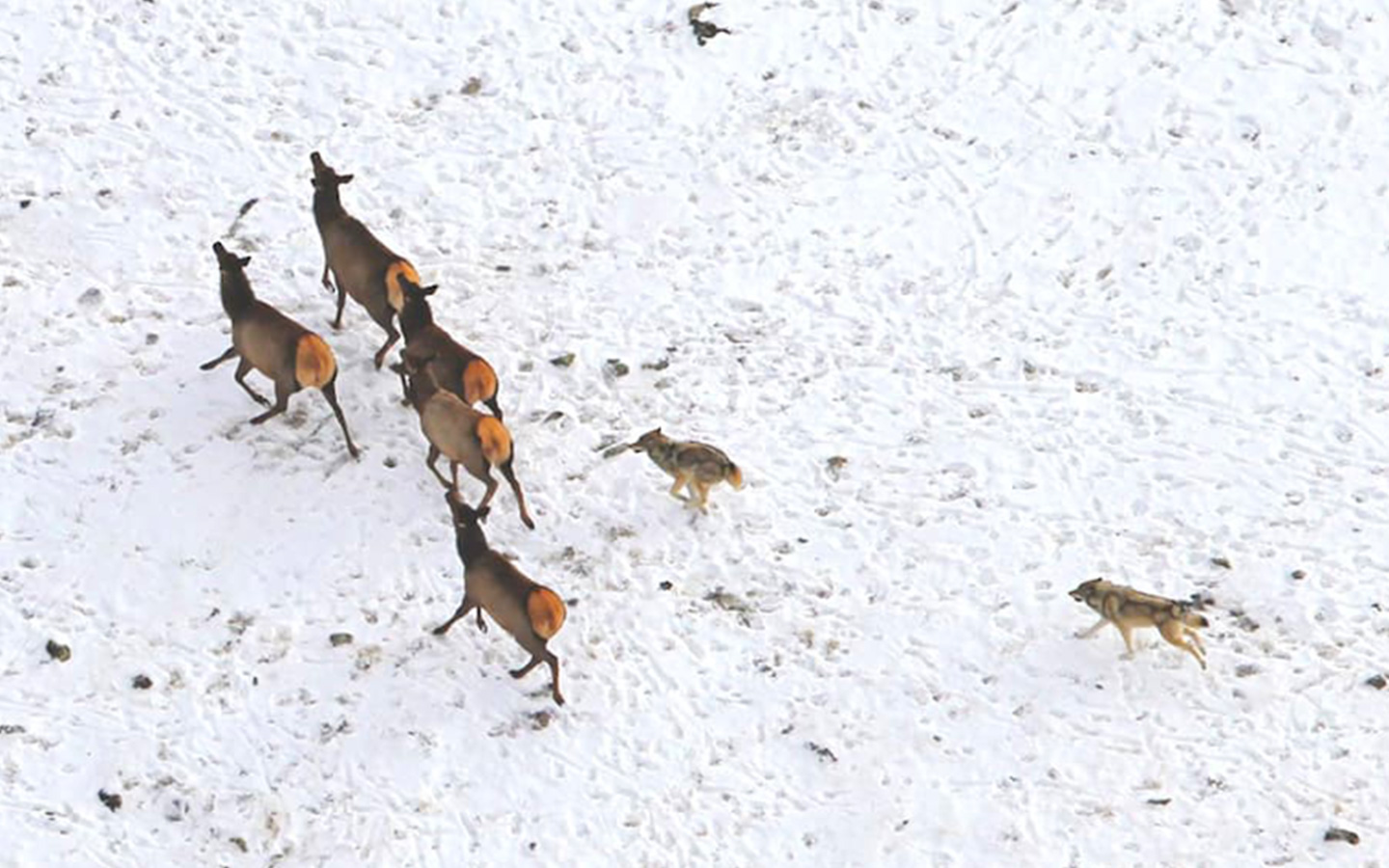
Another complex debate is how wolves and the carnivore guild impacted the elk population. Did they simply kill enough elk that plant recruitment and growth increased? Did they cause elk to shift their behavior in order to avoid wolves? Or is it some combination of the two? The number of elk versus elk behavior question is very challenging to tackle, and while there is support for both, most scientists agree that the vegetation release is largely the result of a reduction in elk. Elk just don’t seem to be very responsive to wolf presence in the short-term. In general, elk are quite safe from wolves because they live in groups, so the chances of any individual getting killed by a wolf is low, and wolves have a very low success rate of killing an elk when they encounter it – a measly 5-15 percent. This is why wolves target the easiest to catch and subdue: the old, young, and sick. Additionally, elk evolved with wolves and so they have figured out ways around wolves, like avoiding times when wolves are most active; for the most part, elk still go where they want to go or where the food is.
So, what did wolves really do? Well, the ecosystem changes were not caused by wolves alone, and on the other side, vegetation is not influenced by elk alone. Given this complexity, we can say that woody vegetation did recover – just not everywhere and not due to one thing – and this had many spinoff effects, such as an increase in beavers and songbirds. There are also many other unstudied subjects that surely have been impacted. What can we conclude then? Yellowstone is a different place when all the original players are restored. Will wolves have the same effect anywhere they are reintroduced or recolonize? That is impossible to know, but likely not. Most landscapes outside of protected areas look the way they do because of humans, and that’s unlikely to change. Plus, the carnivore recovery needed to bring about these changes means carnivores will have to be at their ‘natural’ population size, or the level supported by the prey community, which rarely exists outside of parks. Regardless of where wolves settle in the future – it is unlikely there will be another Yellowstone.
Sorry, the comment form is closed at this time.


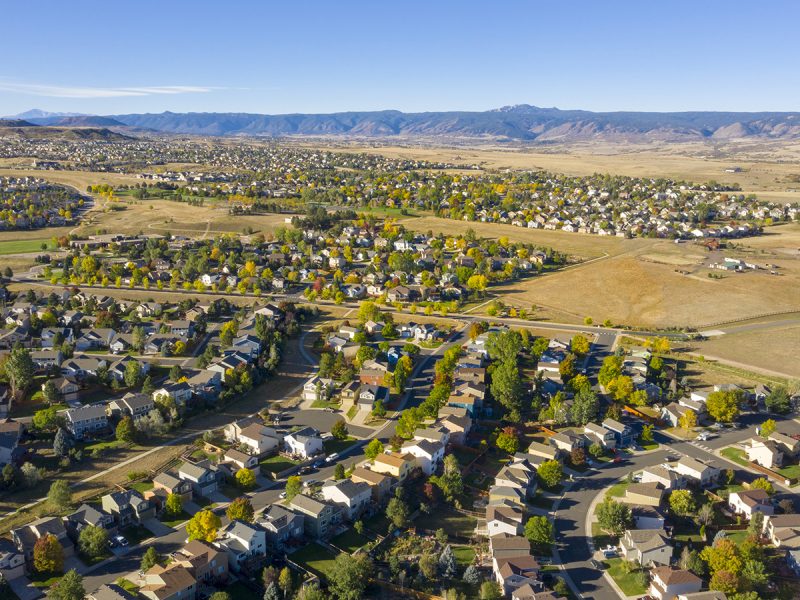
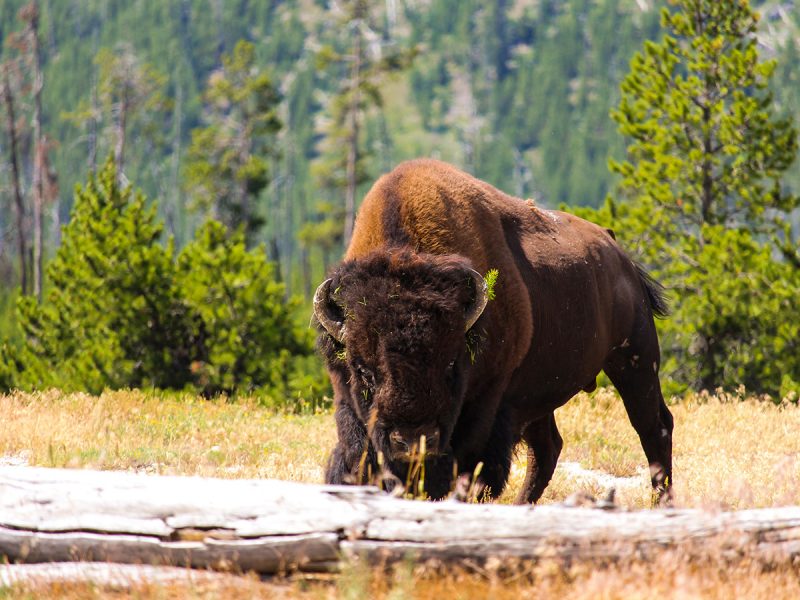
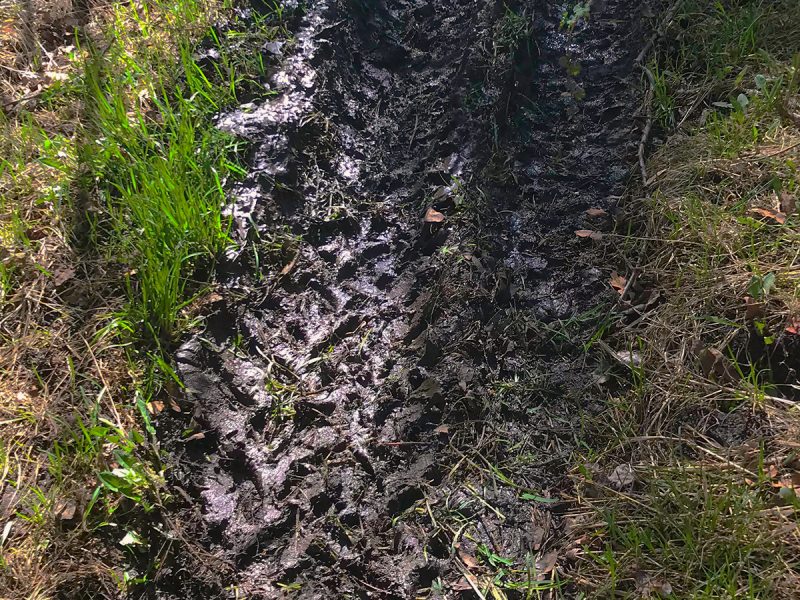
Pingback: Can a fence that allows elk to pass stop the disease they carry? – On Land